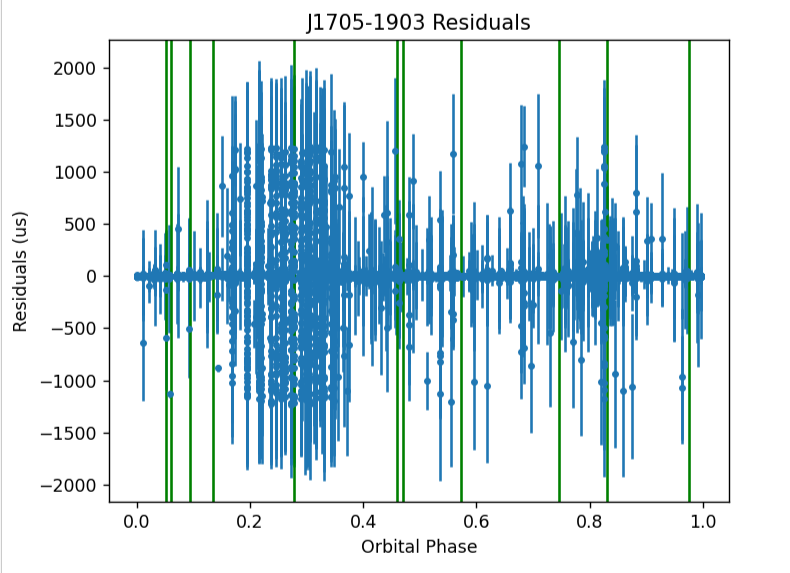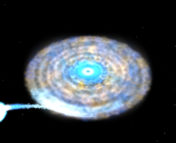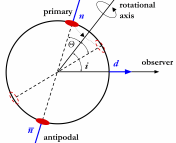The Undergraduate Research series is where we feature the research that you’re doing. If you are an undergraduate that took part in an REU or similar astro research project and would like to share this on Astrobites, please check out our submission page for more details. We would also love to hear about your more general research experience!
Justine Singleton
Cornell University

This guest post was written by Justine Singleton. Justine is an undergraduate rising senior majoring in astronomy at Cornell University. She carried out this research during her junior year under the supervision of Prof. James Cordes and Dr. Thankful Cromartie.
Pulsars are neutron stars which send out regular “pulses” of radiation as they spin. Some pulsars spin so quickly that their periods are on the order of milliseconds, hence the name “millisecond pulsars.” They are most commonly found in binary systems. There are two “eclipsing” kinds of binary millisecond pulsars: black widow and redback pulsars. Both are named after spiders that consume their mates because they accrete material off their companion stars. Black widow pulsars have lighter companion stars, about 0.1 solar masses. There is some variation in black widow pulsars’ signals from noise related to their orbits. For instance, some pulsars have radio eclipses – where radio signals are blocked or scattered like light is during a visual eclipse – when their companion passes in front of them during superior conjunction. Understanding black widow pulsars could allow for advances in pulsar timing arrays, networks of pulsars with which groups like the North American Nanohertz Observatory for Gravitational Waves (NANOGrav) are attempting to detect gravitational waves.
My research focused on two black widow pulsars known as PSR J1705-1903 and PSR J0610-2100. Residual plots for the times of arrival (TOAs) for both pulsars were created using the PINT software package. Varying ranges of excisions were made around superior conjunction (orbital phase 0.25) to minimize effects from radio eclipses and compare the fit of the resulting models to the original timing models. Statistical analysis was used to determine the suitability of each fit and the optimal range of removal for TOAs around conjunction. While some of this research is still in progress, the results for both pulsars have been different, most likely due to the differences in their sources of noise. While PSR J1705-1903 has radio eclipses, PSR J0510-2100 does not. This method could potentially be extended to other black widow pulsars in the NANOGrav dataset.

Astrobite edited by: Ali Crisp




